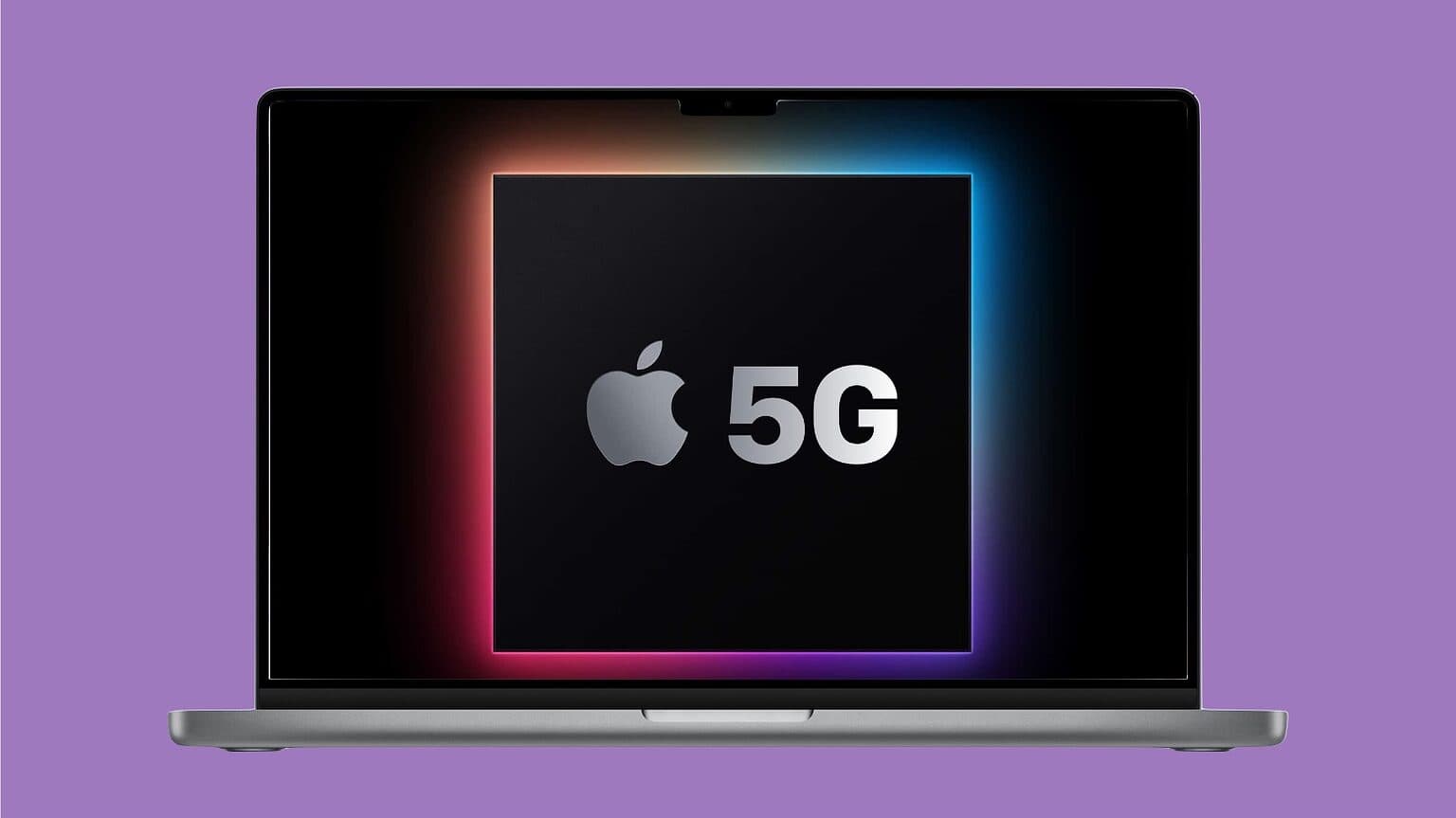If you want a MacBook with 5G cellular wireless built into it, new data suggests you’re not alone. A surprising number of iPads are sold with integrated cellular connectivity. More than half, in fact.
Like tablets, today’s slim and lightweight MacBooks are ready to go anywhere. There’s no reason to force them to depend on Wi-Fi or an iPhone hotspot.
So many iPads have 5G
As widespread as Wi-Fi is, it’s far from ubiquitous. Almost everything we do with our computers requires an internet connection, so even the most portable computer is moving from one Wi-Fi access point to another. Unless it can connect to cellular wireless networks, as phones can.
Apple has offered cellular iPads for many years. In more recent models, that includes 5G. This is an optional add-on at purchase, with a cost between $130 and $200, depending on the model.
And it’s quite a popular option. More than 51% of all iPads sold during Q3 2022 had cellular connectivity as well as Wi-Fi, according to the analysts at Consumer Intelligence Research Partners.
It helps that every iPad model can be outfitted with cellular connectivity — even the most affordable Apple tablets.
We need a MacBook 5G
Given the strong sales of cellular-enabled iPads, it’s likely there’s would be significant demand for MacBooks with 5G cellular wireless built into them, too.
After even a brief look at the super-svelte 2022 MacBook Air, it’s obvious Apple’s latest is made for on-the-go computing. It’s noticeably slimmer than the original iPhone, for goodness sake! And while the latest MacBook Pro isn’t quite as sleek, it’s clearly not made to be chained to a desk. Or tied to a Wi-Fi network.
Especially now that 5G cellular networks are so fast and becoming so widespread. A study done in mid-2022 found that T-Mobile USA’s network offered an average download speed of 264 Mbps. And even its slowest rival averages 79 Mbps. That’s more than fast enough to make a MacBook productive wherever it goes.
True, an iPhone can be used as a portable hotspot, and that’s fine for occasional hookups. But someone who regularly connects their Mac to a 5G network wants it to be a less-kludgy process.
So it’s time Apple began offering a 5G option for all its MacBooks the same way it does for all iPads. This would benefit both the company and users: Building in 5G modems would be a revenue source for the Mac-maker, and MacBook users could get high-speed internet, no Wi-Fi needed.


